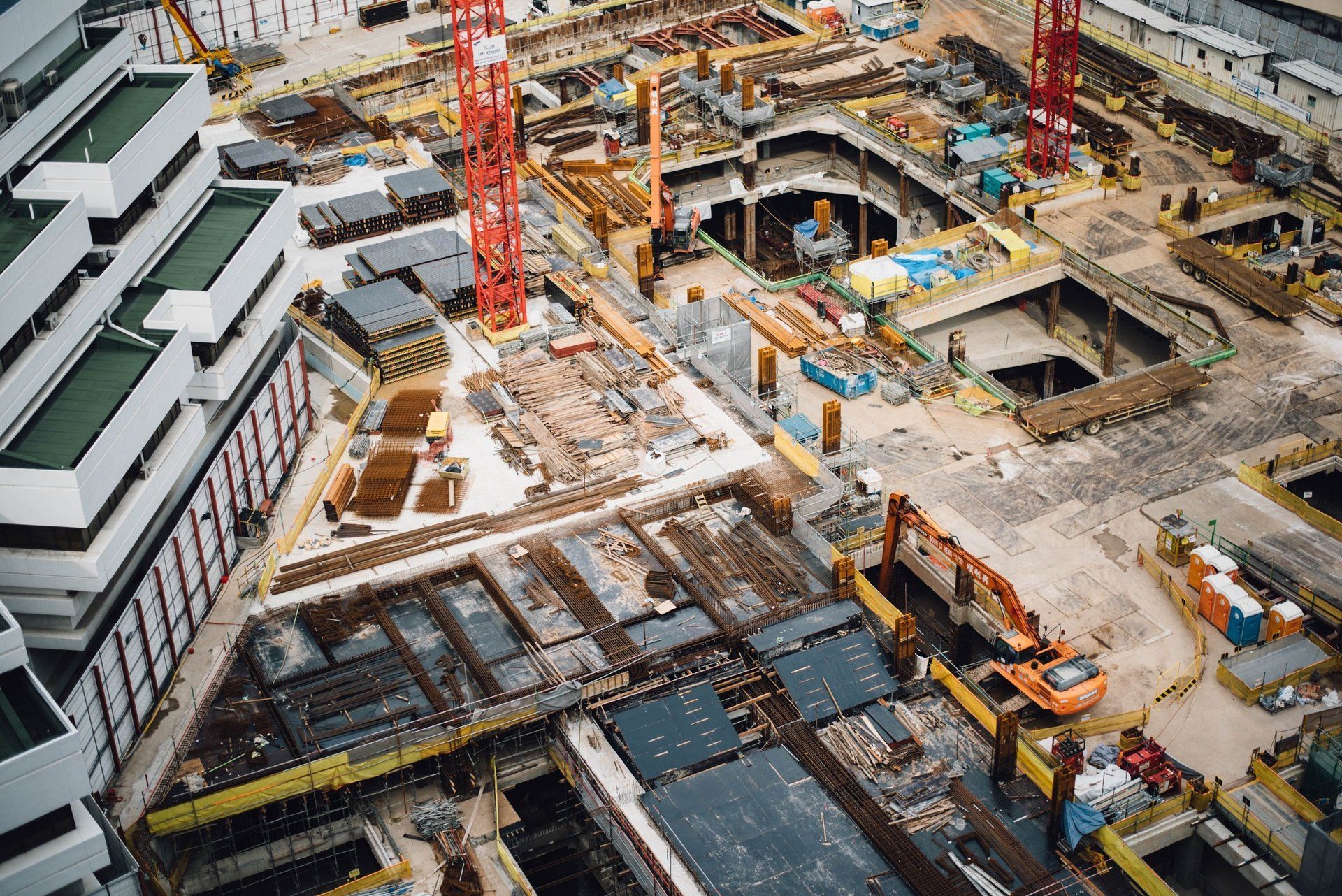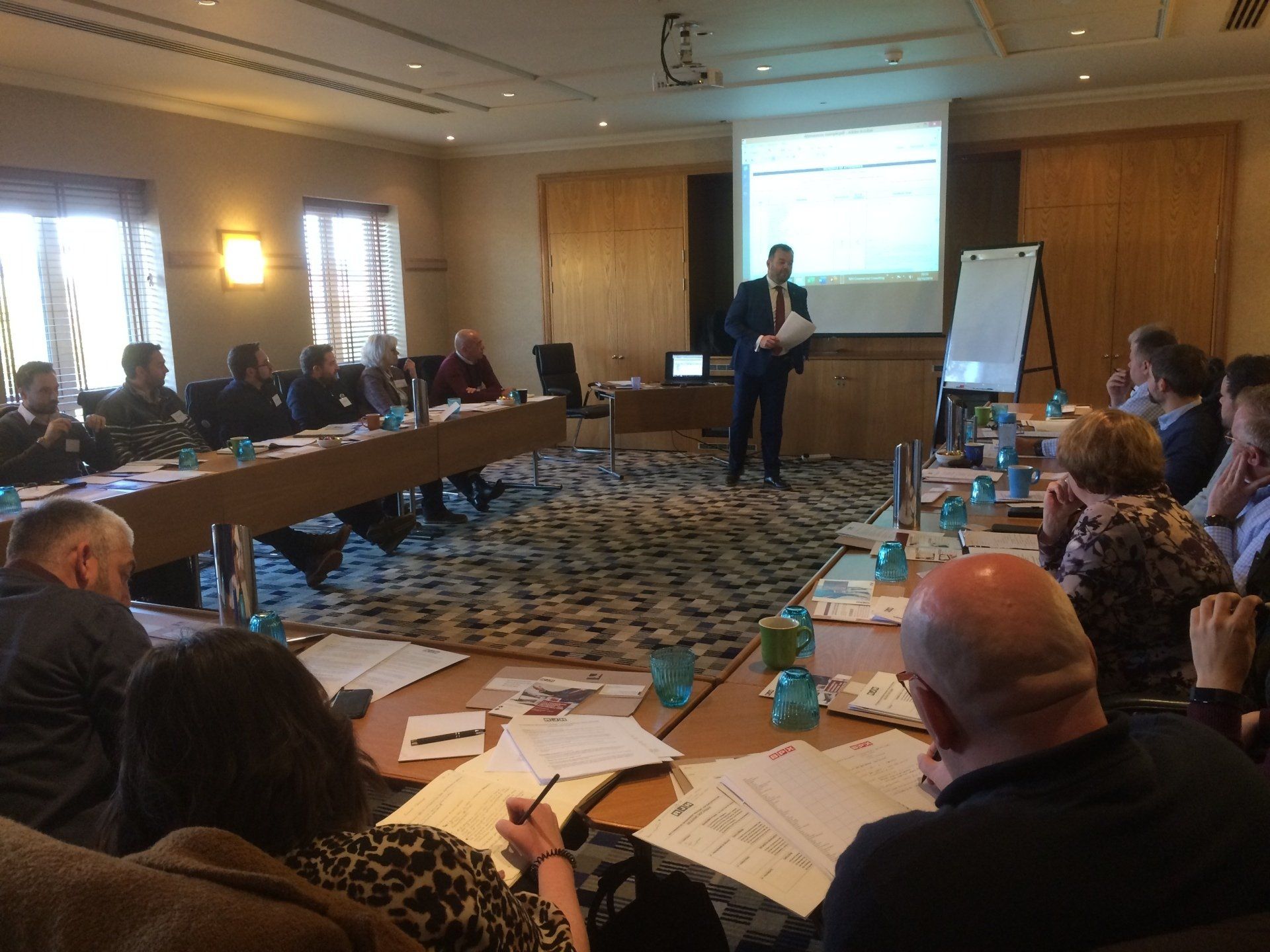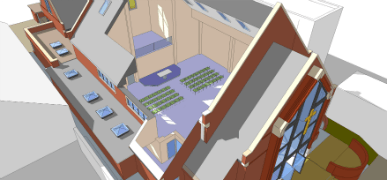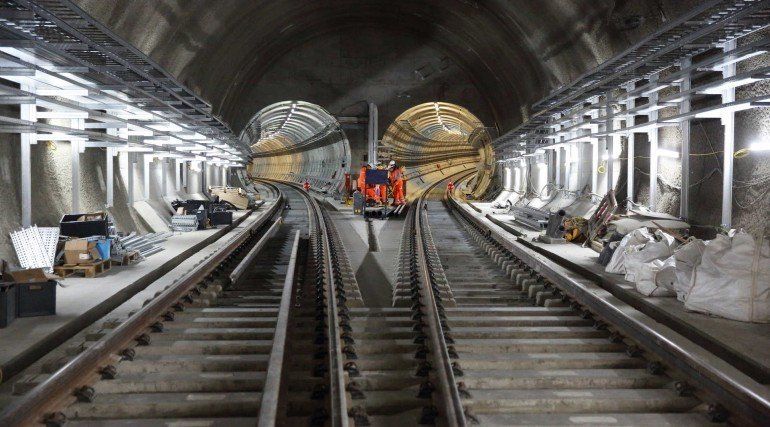By Richard Hildrick
•
February 10, 2021
Are you aware of the new reverse charge VAT rules coming into force from March 2021? 1st March 2021 will see the new reverse charge VAT rules for the construction industry being brought into force . Please contact Amanda amanda@rjhconsulting.co.uk if you would like us to send you some useful resources to guide you through the process, including: • Flowchart for PAYING A SUBCONTRACTOR • Flowchart for SUBCONTRACTORS • Sales invoice example taken from HMRC’s website NOTE: it is important to add the wording with regards to the reverse charge on your own invoice. What do you need to do? The new legislation has been brought in so that Subcontractors will no longer charge VAT to Contractors who are not end users of the subcontracting services they receive. The rules only apply to work carried out under the construction industry scheme (CIS) where both supplier and buyer are VAT and CIS registered. Are you a Subcontractor (supplier) who is NOT working for an end user? If you are VAT registered and carrying out work for a Building Contractor who is VAT registered and registered under CIS, you will no longer charge any VAT to the Contractor on your sales invoices – neither the labour nor materials. The vital points are that you are: 1. working for a CIS registered Contractor as a Subcontractor; and 2. both you and they are VAT registered. All these conditions must be met for the reverse charge to apply and VAT must no longer be charged. Do you employ sub-contractors under CIS as a contractor (buyer) and are NOT an end user? If you are VAT registered and so are your Subcontractor, they must no longer charge you VAT. Who is an end user? Contractors and Subcontractors will charge VAT as usual to end users, such as a domestic homeowner for whom you are building an extension or a manufacturer for whom you are building a warehouse. The Homeowner is neither a Contractor nor VAT registered, so a normal VAT invoice would be raised. The manufacturer may be VAT registered but is not a Contractor, so a normal VAT sales invoice would be raised. You do not need written notification they are an end user where it is obvious but always ask, just in case. It is possible for an end user to be VAT registered and CIS registered and, in this case, the reverse charge does not apply, VAT must be charged by the Subcontractor. This would occur if the end user employs you as a Subcontractor and there is no onward supply of yours or their building services. An example of an end user who is both CIS and VAT registered might be a housing developer building homes to sell on. You will need some sort of written notification (letter/contract/email) from your customer (the Contractor) to state that this is the case. If they are an end user, you must charge VAT. It is likely that large developers will have a good knowledge of the rules and will automatically guide you on how to bill them appropriately. CIS deductions The new VAT rules do not affect CIS deductions. They remain exactly the same as before with tax deducted from the sales invoice labour amount after VAT has been deducted. Where an invoice has no VAT added to it, the sales invoice total is now obviously the net amount for deductions purposes. Please contact Amanda amanda@rjhconsulting.co.uk if you would like us to send you some useful resources to guide you through the process, including: • Flowchart for PAYING A SUBCONTRACTOR • Flowchart for SUBCONTRACTORS • Sales invoice example taken from HMRC’s website NOTE: it is important to add the wording with regards to the reverse charge on your own invoice. RJH Commercial Consulting is sharing this HMRC information as a guide and for information purposes only, this document does not constitute advice or recommendations, please visit the HMRC website for full details.







